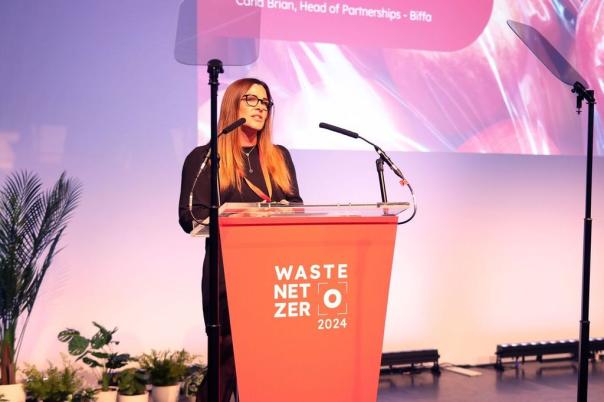
The report ‘The UK Journey to Circularity’ launched alongside Biffa’s Waste Net Zero Conference at the Birmingham Hippodrome on 11th June. The report outlines practical interventions in the food waste and loss supply chain to save millions more tonnes of food waste in the next five years.
The report outlined interventions, including:
- Expansion of food redistribution
- Matching food supply and demand
- Redefining how food is valued
- A shift towards reusable packaging
A recent survey of UK SMEs by the company found that more than half (52%) of hospitality decision makers say that financial incentives are needed for their business to be more sustainable. Biffa believes that developments to infrastructure, legislation, behaviour and investment are key for these waste savings to be made.
A spokesperson for Biffa commented: “The UK Government needs to play a key role too. The existing commitment to mandatory segregated food waste collections - as part of the Simpler Recycling legislation in England and the already live Workplace Recycling scheme in Wales and existing legislation in Scotland - has the potential to capture 1.4 million tonnes of material that can’t currently be effectively extracted due to co-mingling with other residual waste.
“Implementation of Simpler Recycling in England in 2025 will also require all UK businesses with more than 10 employees to separate food waste for dedicated collection for the first time ever. Further interventions could each see 0.3, 1.1 and 0.13 million tonnes of food waste reduced, or processed as Anaerobic digestion for energy recovery.”